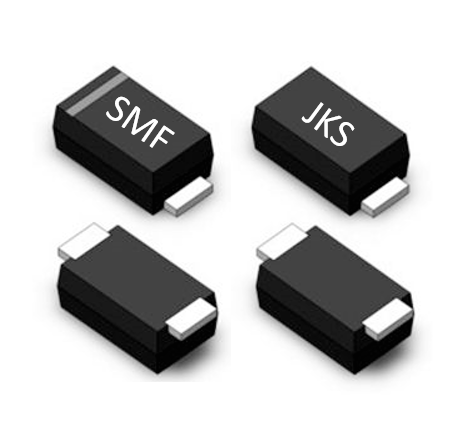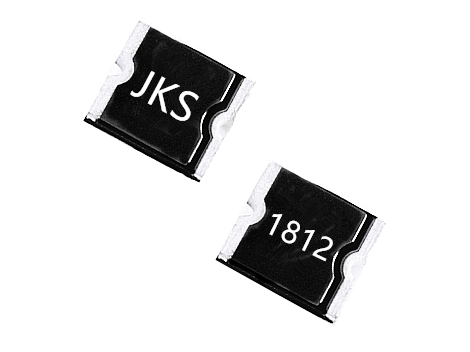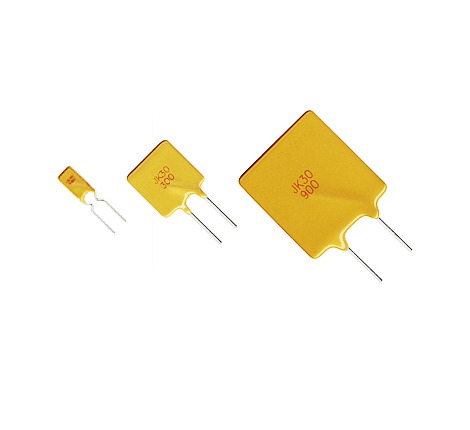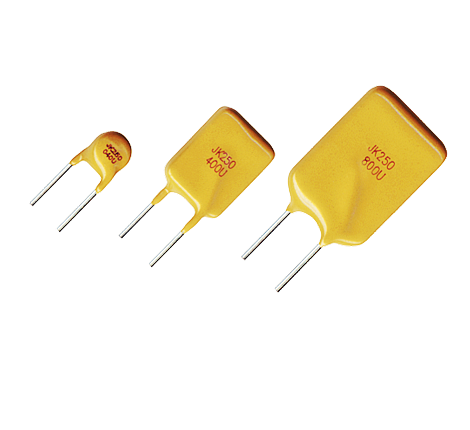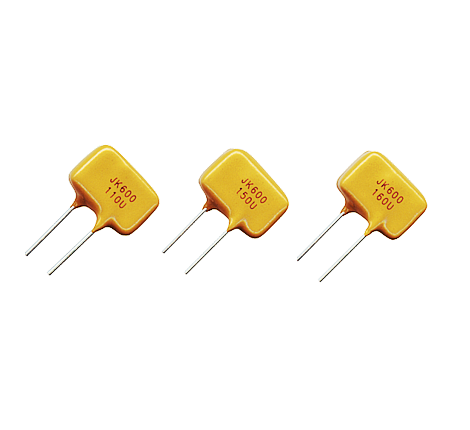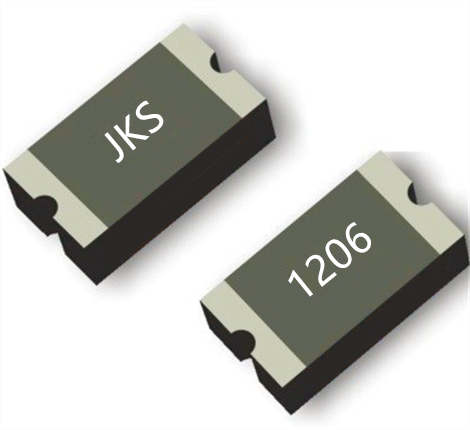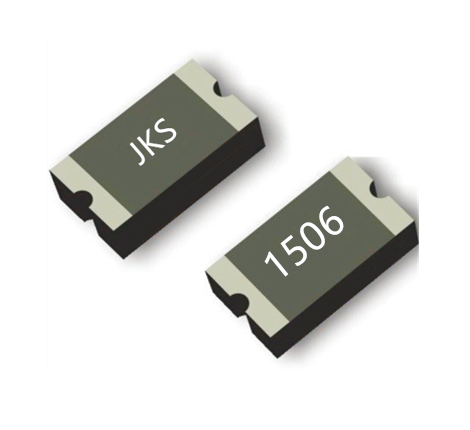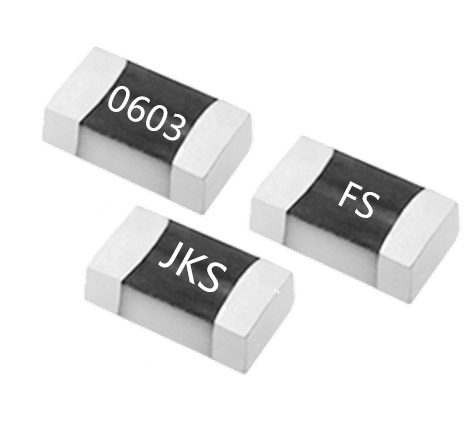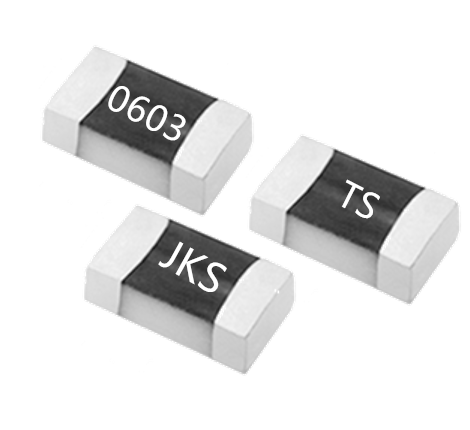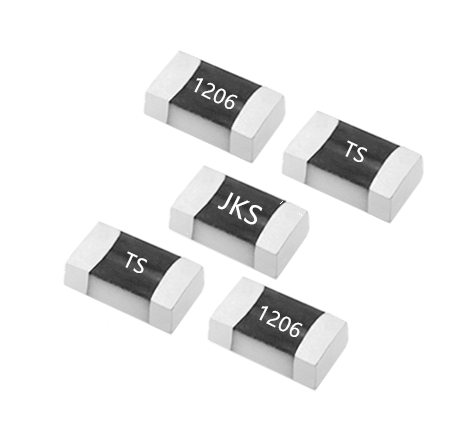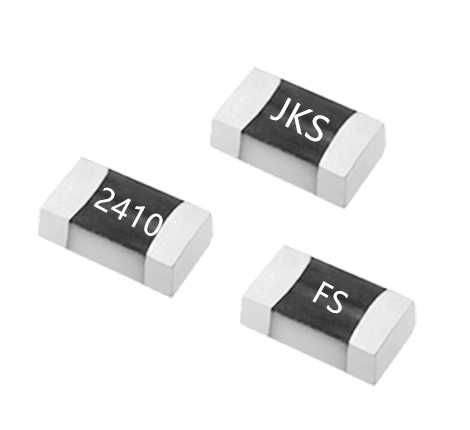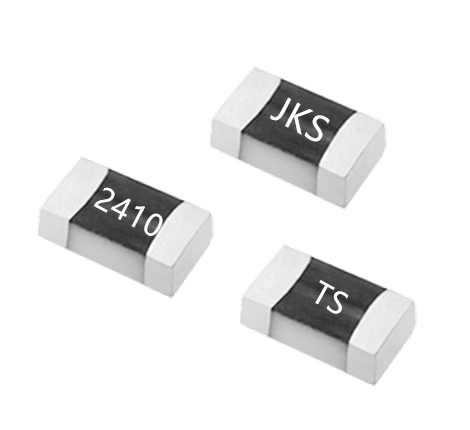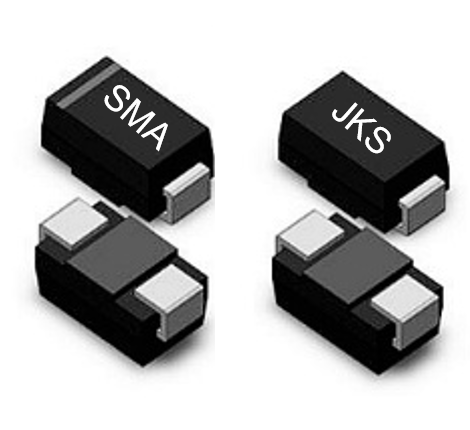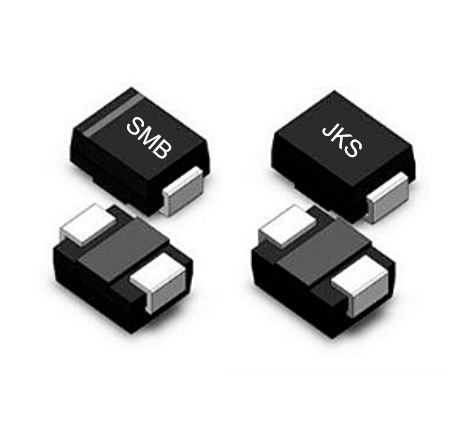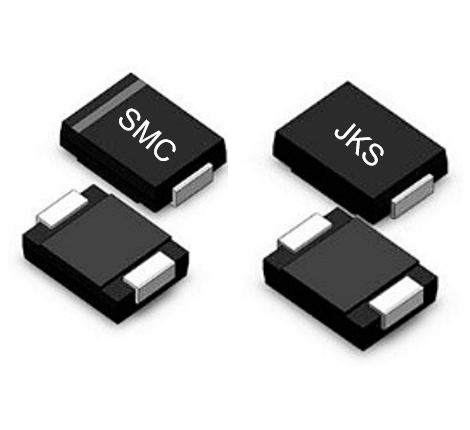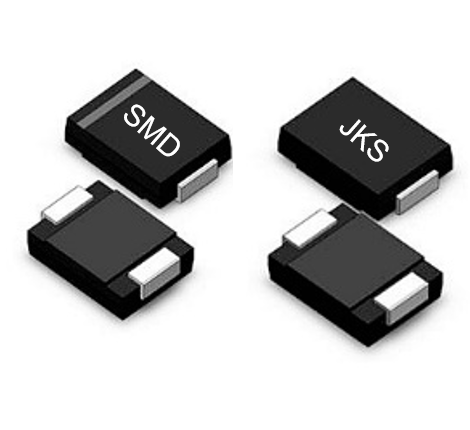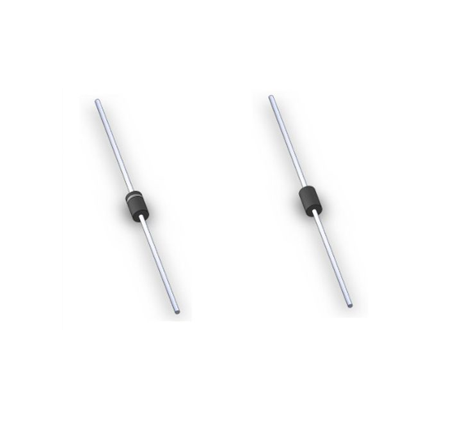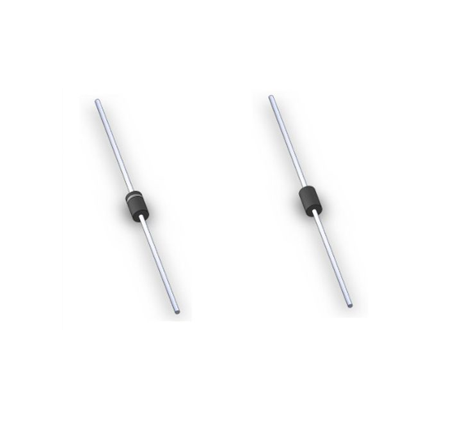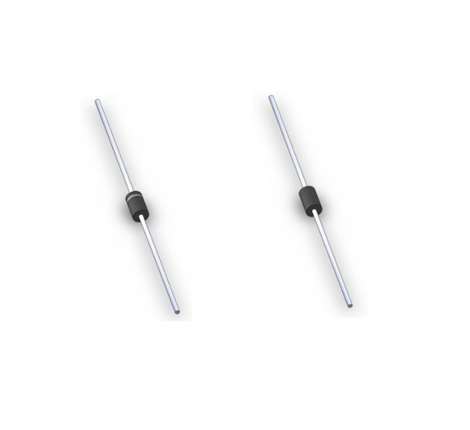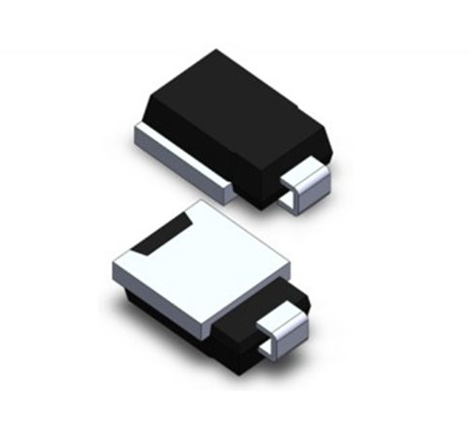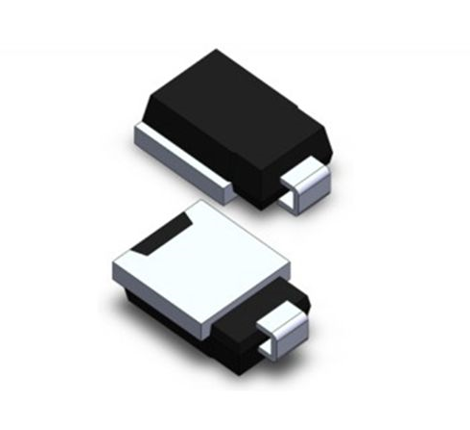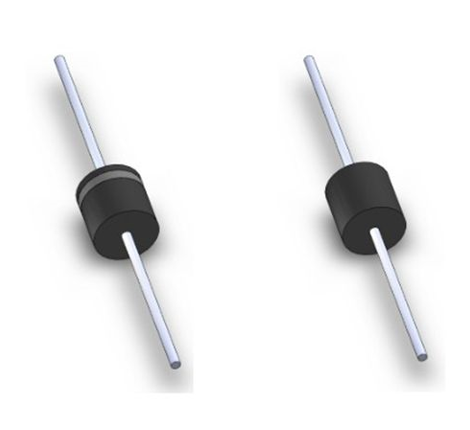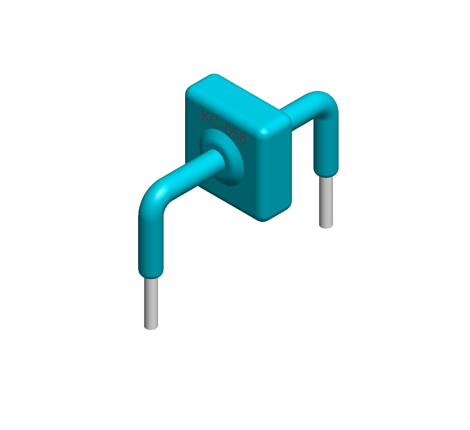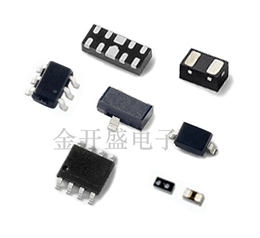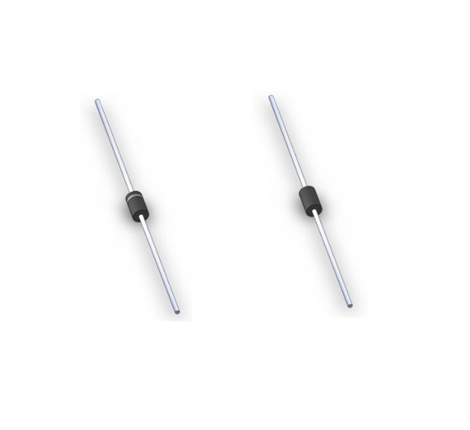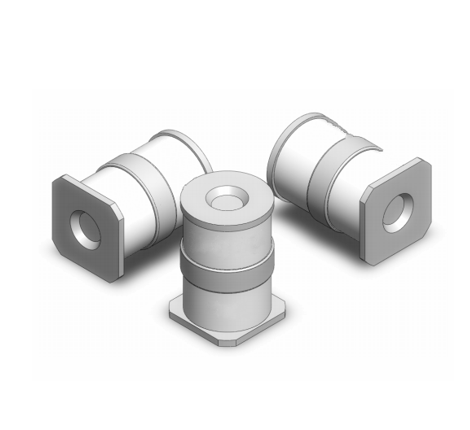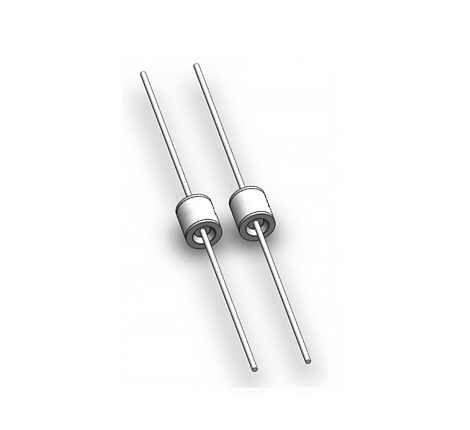PPTC Resettable Fuse
Ultra-low Resistance PPTC
One-Time Fuse
TVS Diodes
Automotive TVS
Thyristor Surge Suppressors
GDT/Gas Discharge Tubes
MOV/Varistor
SPG/Spark Gap Tube

NEWS
What is a spark gap?
2018-03-14A spark gap consists of an arrangement of two conducting electrodes separated by a gap usually filled with a gas such as air, designed to allow an electric spark to pass between the conductors. When the potential difference between the conductors exceeds the breakdown voltage of the gas within the gap, a spark forms, ionizing the gas and drastically reducing its electrical resistance. An electric current then flows until the path of ionized gas is broken or the current reduces below a minimum value called the "holding current". This usually happens when the voltage drops, but in some cases occurs when the heated gas rises, stretching out and then breaking the filament of ionized gas. Usually, the action of ionizing the gas is violent and disruptive, often leading to sound (ranging from a snap for a spark plug to thunder for a lightning discharge), light and heat.
Spark gaps were used historically in early electrical equipment, such as spark gap radio transmitters, electrostatic machines, and X-ray machines. Their most widespread use today is in spark plugs to ignite the fuel in internal combustion engines, but they are also used in lightning arresters and other devices to protect electrical equipment from high-voltage transients.
Previous:Gas Discharge Tubes (GDT) – Introduction
Next:nothing!
PRODUCTS
CONTACT US
Shenzhen JKSEMI Electronics Co., Ltd.
Tel:+86-0755-26626670
Sales Skype: katemini86
Sales QQ:3502201273
E-mail: kate@jksemi.com(Sales)
Web:www.jksemi.com

Follow Us
Copyright@ 2013-2018 深圳市金开盛电子有限公司 All Rights Reserved. 粤ICP备18041324号-1




